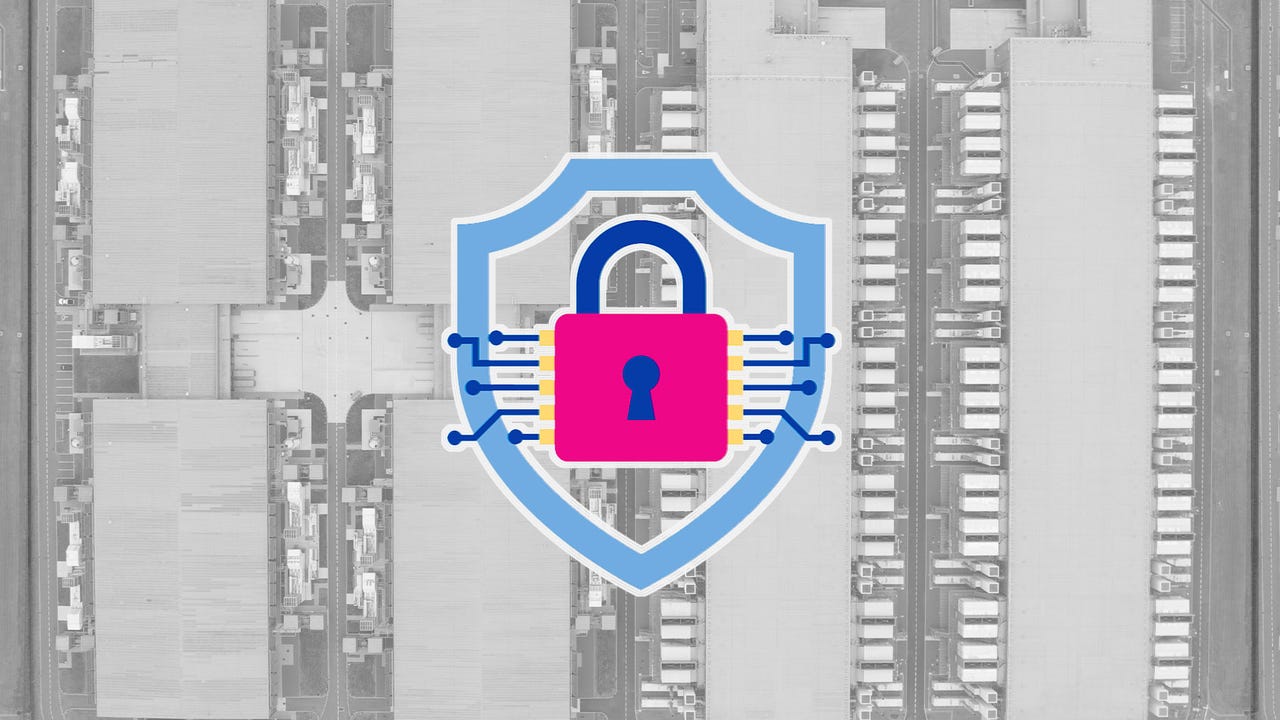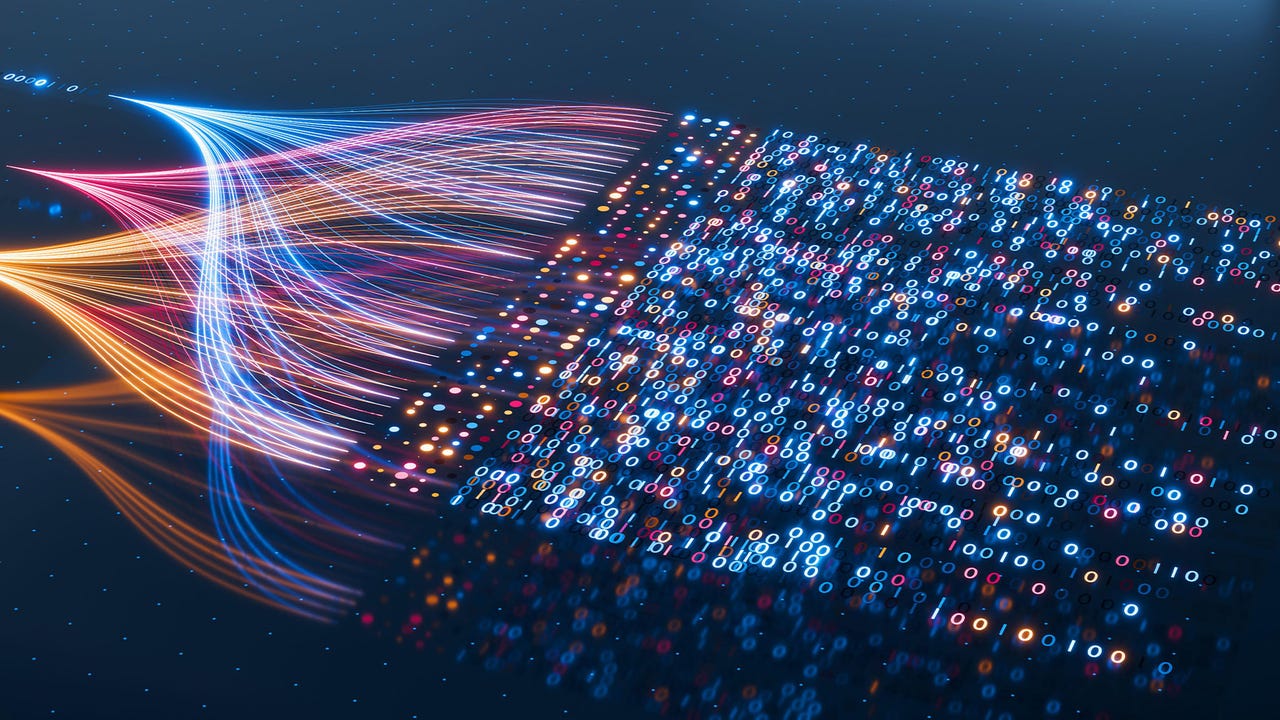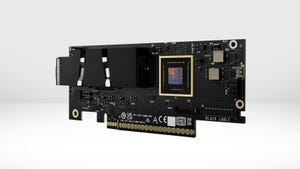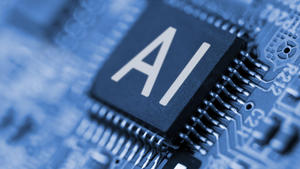Designing the Future of Data Center Physical SecurityDesigning the Future of Data Center Physical Security
As data centers become larger and more complex, AI, biometrics, and advanced analytics are redefining physical security from a reactive model to a predictive, autonomous system.

Physical security is the bedrock of any data center operation. Foundational facility protections include perimeter intrusion detection, video surveillance, advanced AI analytics, electronic access control, and biometrics.
All modern data centers implement comprehensive security frameworks, combining essential monitoring and access controls with multiple redundancy layers and robust fail-safe infrastructure to ensure uninterrupted operations and data protection.
As data centers expand in size and criticality, traditional security approaches struggle to scale. This article explores how AI, biometrics, and integrated systems are creating autonomous security frameworks that can protect these vital digital assets while reducing human intervention.
Securing the Perimeter: The First Line of Defense
“Data centers are the banks of the currency of the 21st century, and that currency is data,” Sean Farney, vice president, data center strategy, JLL told Data Center Knowledge. “It needs to be guarded all the time with different tools and tactics.”
The physical security of data centers, from guards and gates to cameras and drones, is part of a defense-in-depth strategy.
“What has changed in recent years is the amount of technology to help you ensure the viability of your perimeter, and the number of cameras, the types of cameras, technology which allows you to see more comprehensively – that has advanced significantly,” Farney says.
Alpesh Saraiya, senior director of global data center marketing and growth for Honeywell Building Automation, says it’s critical to invest in systems that adopt defense-in-depth architecture, are adaptable and designed to scale with facility complexity and provide a centralized view of all data for any data center.
“This can be especially critical for larger facilities or shared spaces with different tenant access needs,” he says.
Saraiya explains that a growing problem is a shortage of quality security guard workers – an issue that is happening worldwide.
Further, the growing size and footprint of data centers are creating an operational expenditure problem that requires advanced analytics to tame the enormous security guard headcount required, Saraiya said.
As data centers expand in size and criticality, traditional security approaches struggle to scale. This article explores how AI, biometrics, and integrated systems are creating autonomous security frameworks that can protect these vital digital assets while reducing human intervention.

AI-driven analytics can now distinguish between routine maintenance activities and potential security threats, reducing false alarms by over 70% in modern data center environments. Image: Alamy
AI, Analytics, and Biometrics
According to the Honeywell executive, emerging technologies are “reshaping how data centers manage physical security.”
For example, AI-enabled video analytics can detect anomalies in real time, enabling faster, more proactive response to potential intrusions or suspicious behavior.
“AI-driven analytics can also help effectively pull insights from historical data to inform risk assessments, future mitigation strategies and automated response mechanisms,” he says.
Amy Dunton, Sulton Security managing partner, said AI and biometrics are fundamentally reshaping how data centers manage physical access and perimeter security, moving organizations from reactive approaches to predictive models.
“We’re seeing AI surveillance enabling real-time threat detection, object tracking, and behavioral analysis,” she says. “This reduces both false alarms and the risk of human error.”
Biometric technologies – including facial recognition, iris scanning, and palm vein authentication – are also becoming more prominent, especially in high-risk or shared environments.
“Biometrics enhance identity assurance in a way that passwords and cards cannot,” Dunton says. “They provide a higher level of certainty about who is accessing sensitive areas.”
She notes these systems increasingly operate within integrated platforms that unify physical and cyber domains.
“That convergence is key,” Dunton says. “It improves situational awareness and allows for faster, better-coordinated responses.”
Additionally, AI-driven access controls support compliance efforts by automatically logging activities and generating audit-ready analytics.
“It’s a smarter, more agile security posture,” Dunton says. “It scales with the complexity of the facility.”
Data Center Security Planning
Security planning is heavily shaped by the location of a data center and its proximity to critical utilities, connectivity, and supporting infrastructure.
“These factors can influence the reliability and resilience of data centers – which then in turn will shift security and response protocols to ensure continuous operations,” Saraiya says.
In addition, rurality, crime rate, and political stability of the region will all influence the robustness of security architecture and protocols required.
“Our thirst for information is not abating,” JLL’s Farney says. “We’re doubling the amount of new information created every four years. We need data centers to house this stuff. And that's not going away.”
John Gallagher, vice president at Viakoo, said all modern data centers include perimeter security, access control, video surveillance, and intrusion detection.
“The higher the tier level, the higher are the consequences of physical security failures,” he explains.
A Tier 1 data center might tolerate a multi-hour disruption and still meet its service level agreements (SLAs), where a Tier 4 might only be able to tolerate a few minutes before failing to meet the SLA.
“Because of required redundancy at higher tier levels there is also the need for better execution on physical security simply because of the cost of the physical assets contained in the data center,” Gallagher says.

Biometric authentication systems in Tier 4 data centers can process over 10,000 identity verifications daily with 99.9% accuracy rates. Image: Alamy
Vikesh Khanna, CTO and co-founder at Ambient.ai, agrees that modern data centers require more than walls and guards, and demand intelligent layers of defense that scale with operational complexity.
“At the core, this includes perimeter intrusion prevention, multi-factor access controls, high-precision surveillance, and a real-time operational command layer,” he says.
He explains smaller or Tier 1–2 facilities often default to manual oversight and rigid, labor-driven playbooks, but that model cracks under the weight of scale.
“Higher-tier or hyperscale data centers have begun shifting to agentic systems – security infrastructure capable of ingesting massive volumes of video, access, and sensor data, and autonomously recognizing threat patterns,” Khanna says.
This isn’t just about scaling staff or tech – it’s about replacing reactive guardrails with intelligent agentic decision engines optimized for physical security.
“Foundational elements, built AI-first, will scale with these evolutions better, and now is the most affordable time to begin the transition,” Khanna says. “Facilities that fail to make that leap face rising costs, greater exposure, and more frequent miss-and-respond cycles.”
Changing Modes of Access
Gallagher notes all data centers have visitors, whether for audit, maintenance, or to access a colocation facility.
“The colocation facility should have a pre-approved list of who from their customers can access the facility,” he says.
To maintain physical security at the highest level, many data centers will require all visits to be planned so that escorts can be in place and card access can be configured to restrict access.
“Use of automated methods to ensure visitors do not go into unauthorized areas provides operational efficiency,” he adds.
Khanna argues the flood of raw data from cameras, sensors, and access systems has made human-first monitoring obsolete.
“What’s changing the game is AI that doesn’t just see, but understands,” he says.
Behavioral analytics can now flag intent – not just presence, while AI systems bridge the gap between detection and decision.
By adding context to signal, the decision trees of traditional operating procedures are trimmed into more intelligent, and often automated, workflows.
For example, differentiating between a technician doing routine work vs. someone scouting access points.
“Autonomous threat recognition means SOC operators aren’t scanning hundreds of feeds – they’re focused only on validated, context-rich events,” Khanna says. “We’re witnessing the shift from manual triage to machine-led orchestration – from static SOPs to real-time, self-evolving systems.”
Gallagher points out that digital twins allow troubleshooting and performance improvements of data center systems without requiring a physical presence onsite or interaction with the production systems.
“Not only does this improve physical security, but it also can lead to much faster problem resolution and being able to fix problems remotely,” he says.
Other technologies, such as LiDAR and robotics, are making physical security more comprehensive and efficient, especially critical when seconds matter in detecting or responding to an incident.
Security at the Edge
Saraiya says edge or other non-traditional data centers require more modular security frameworks that are scalable and pre-configured, enabling rapid deployment without sacrificing compliance.
Remote diagnostics, real-time video feeds, and secure wireless access allow teams to monitor and manage sites without being physically present.
“These capabilities ensure that even the most distributed facilities adhere to centralized security policies, enabling enterprise-wide visibility, compliance and threat detection at scale,” Saraiya explains.
Security practices for edge and modular deployments will have different needs from remote facilities.
“The mega-campuses being built in remote locations require more intentionally developed security systems that build on what many edge and modular deployments utilize,” Dunton says.
She says remote monitoring and AI-driven analytics allow centralized oversight while minimizing on-site personnel, while compact, hardened enclosures with integrated access control, surveillance, and environmental sensors provide comprehensive physical security and protection against unauthorized access and environmental threats.
Emphasis is also placed on tamper detection, local alerting, and quick response escalation paths.
“Edge facilities often align with frameworks like NIST or Zero Trust, ensuring security is maintained even in bandwidth-constrained or unstaffed locations,” Dunton says.
From her perspective, adaptability is key – edge security borrows from traditional best practices but must be light enough to deploy and manage at scale.
Understanding what each “edge” and “modular” application requires is key in developing a solid basis of design that can be modified, adapted and scaled.
“One of the biggest components of being successful is the involvement and integration of security from the very beginning, across all disciplines,” Dunton says.
Gallagher explains that standards bodies such as the Telecommunications Industry Association (TIA) have been updating their standards, such as TIA 942 for Data Centers, to address the unique needs of edge or modular deployments.
“The changes to physical security are significant,” he says. “These facilities are often unmanned and in non-traditional locations – on poles, buried or underwater – and therefore require a completely different approach to who is authorized to access them, how repairs are made, and how they are monitored and surveilled.
In some cases, the edge data center is housed in environments designed with some thought to physical security, such as local telco “central offices,” making it easier to update, but even then, significant changes to processes and methods are required.
For example, if a drone is used to access and repair an edge data center, new methods will need to be developed to authenticate and monitor the drone operations.
“This will further evolve as edge data center maintenance and update methods change,” Gallagher says.
About the Author
You May Also Like
.webp?width=100&auto=webp&quality=80&disable=upscale)
.webp?width=400&auto=webp&quality=80&disable=upscale)





